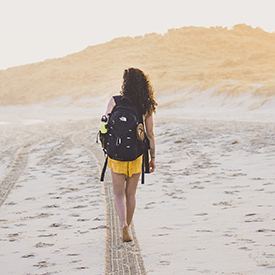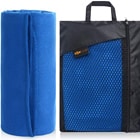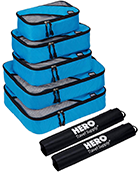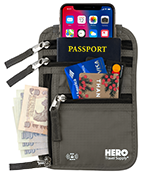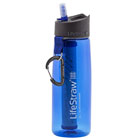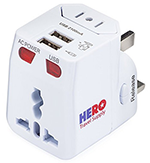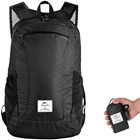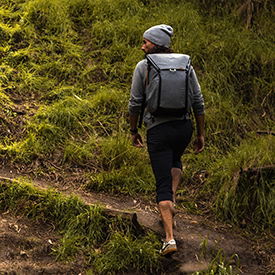Seasons vary depending on where you are going, so you’ll have to do individual research for the specific places you’re planning to visit. I’ve put together this rough guide though, to help you with your ideas.
SPRING
Springtime can be wet, so make sure that you have a good rain jacket. Be prepared with layers for changing temperatures throughout the day, and active wear with long sleeves. A compact jacket is good to carry around wherever you go, just in case temperatures suddenly get cold.
SUMMER
Summer is the easiest time to travel in terms of your packing list. You can wear shorts (menwomen), lightweight pants (men & women), summer dresses, and t-shirts or tank tops. Flip flops are great for summer travel because they’re easy to slip on and off. You also may want to travel with hiking sandals (men & women) instead of or in addition to your hiking boots, because they’re cooler and more comfortable for warmer weather.
FALL
As for springtime travel, make sure that you always have layers on hand for when temperatures get cool. This should include merino base layers, which are fantastic because they can keep you both cool or warm depending on what your body needs. Also carry around your compact down jacket for quick and easy warmth when you need it. Hiking boots are the most practical footwear for fall travel. A flannel, and more lightweight sweaters, are also comfortable for travel during this season.
WINTER
In the winter, though bulky, you usually do need to travel with a proper winter coat. A ski jacket is versatile for many activities and perfect for snow. You’ll also want a microfleece sweater, and thermal base layers for layering up. Merino hiking socks will keep your feet warm, and make sure to pack hiking boots that are insulated and keep your feet dry in rain or snow. Don’t forget a neck warmer, which is often lighter and easier to travel with than a scarf, and a good warm beanie.
RAINY SEASON
You may be traveling to somewhere with a rainy season. In that case, you’ll want to wear clothing that can easily get wet. Waterproof or quick drying shorts and a rain jacket are key. It’s also best to wear hiking sandals with good grip during the rainy season, so that they can get wet and dry quickly, keeping your feet comfortable.




